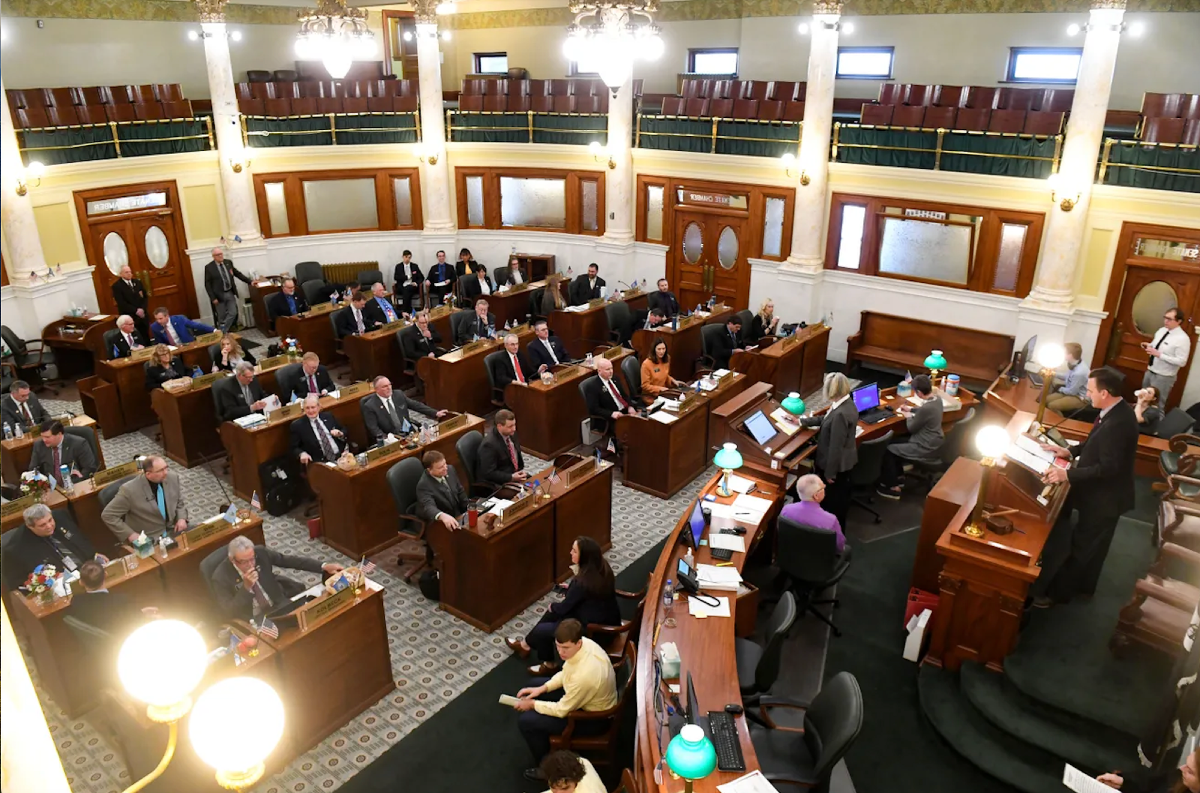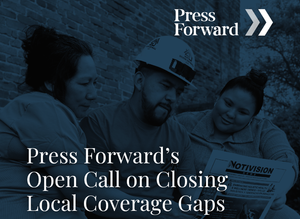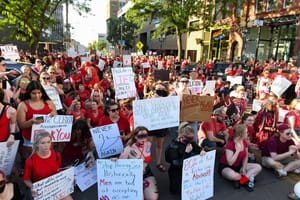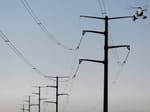There are two main questions surrounding South Dakota’s 2024 state legislative elections and how they will shape the upcoming session in Pierre.
Can Democrats improve their strikingly low representation at the Capitol, where Republicans outnumbered the junior party 94-11 the past two years, including 63-7 in the House and 31-4 in the Senate?
And, perhaps more significantly, can a surge among populist candidates within the GOP lead to changes in Republican caucus leadership, threatening the ability of the party’s establishment to craft and control policy?
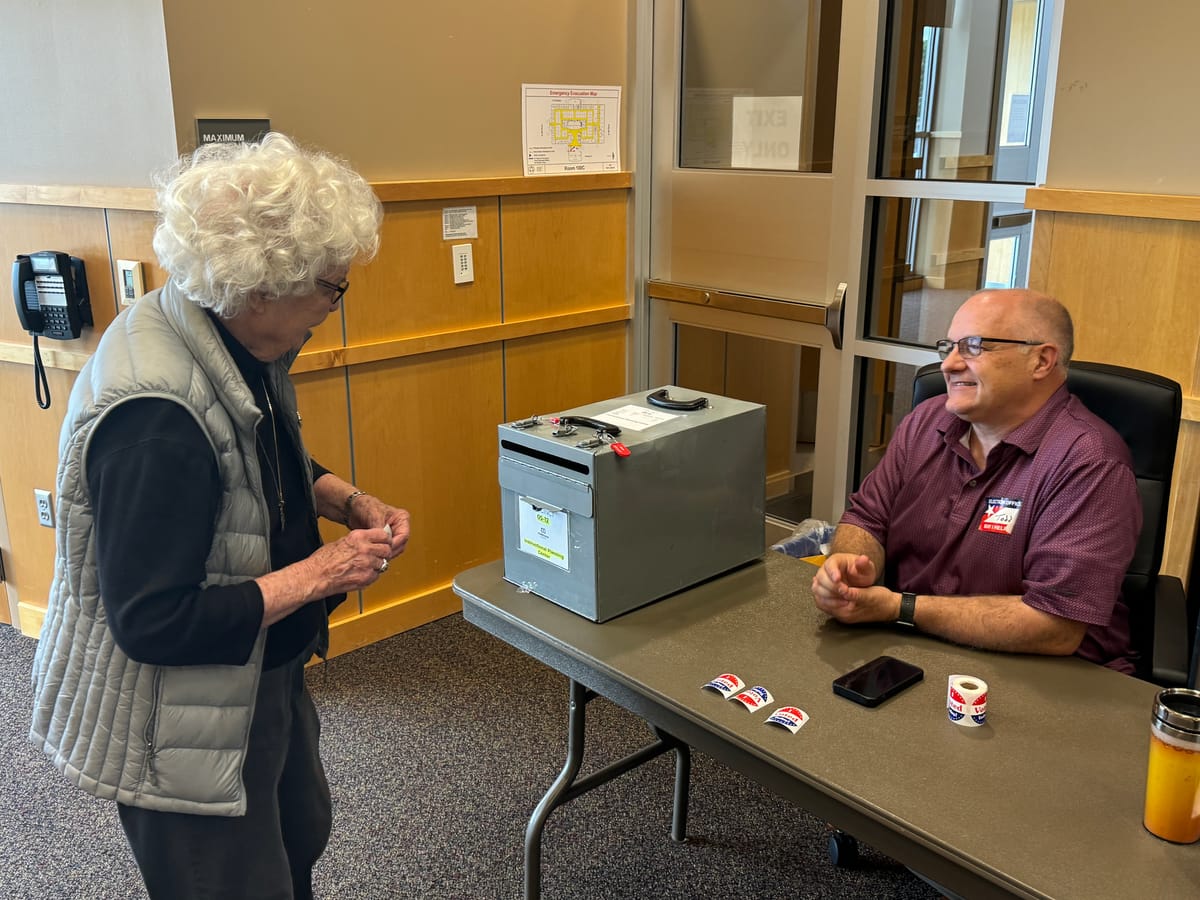
“The battle within the Republican Party is more interesting than the battle between the two major parties,” said Jon Schaff, a political science professor at Northern State University in Aberdeen. “The carbon pipeline issue has galvanized a certain sector of the party, and Freedom Caucus types are using it to good effect. It will be interesting to see what the makeup of the next Legislature is going to be.”
Clarity on those questions will begin to emerge Nov. 5, when South Dakotans select representatives from the state’s 35 legislative districts. With 16 of the Senate and 12 of the House races uncontested, there won't be a ton of drama, unless you know where to look.
Here’s what to watch for as Election Day draws nearer.
Balance of power in Republican caucus
The GOP schism between pro-business institutionalists and limited-government populists flared in the June primaries, fueled by landowner rights and lingering rhetoric over election security and government distrust.
In some respects, the die is already cast.
The Republican primary saw 14 sitting legislators defeated, 11 of whom were running for the same office. They were foiled in many cases by their support of Referred Law 21, a “Landowner Bill of Rights” package that critics decried as more favorable to ethanol producers and pipeline companies.
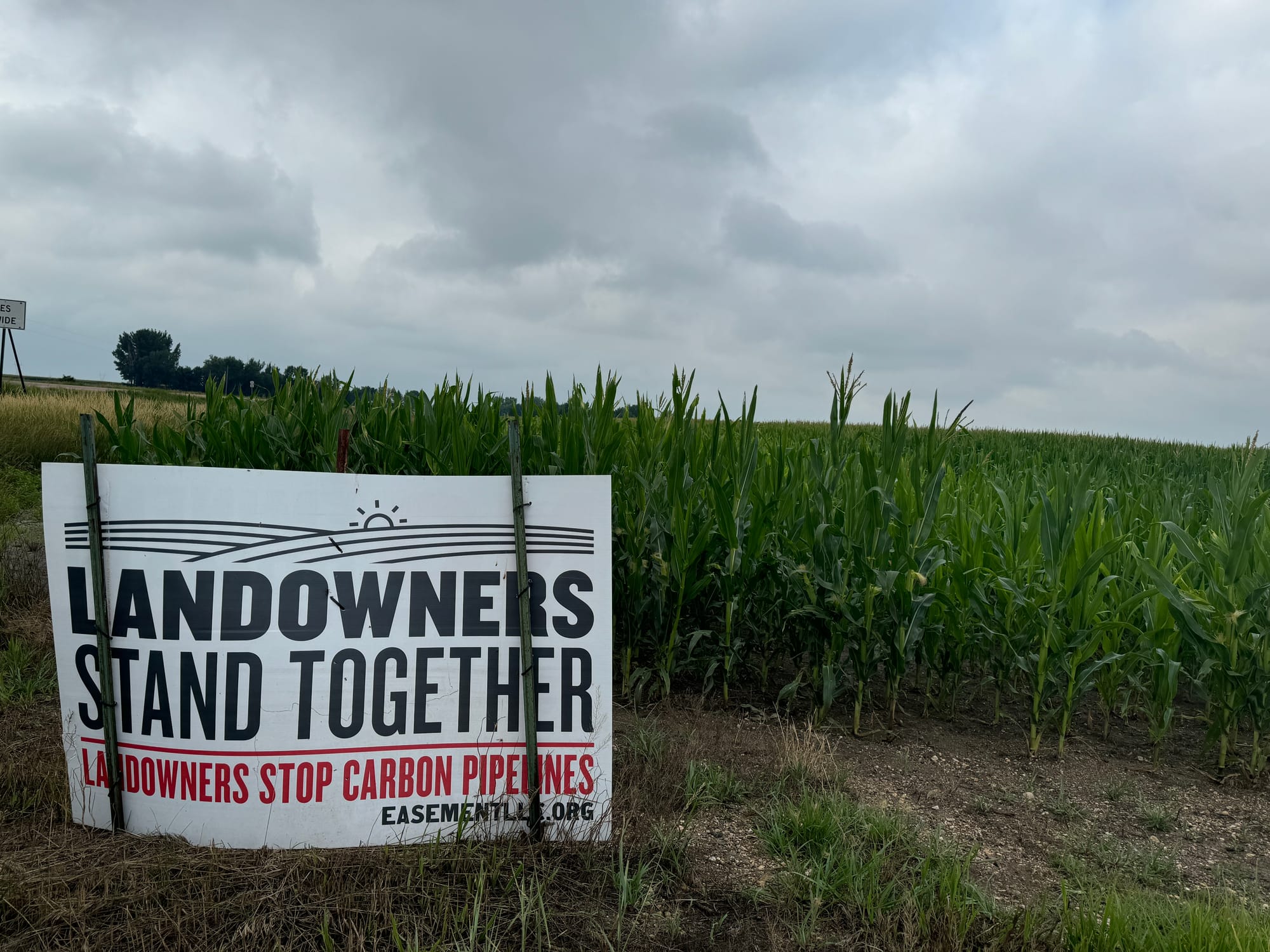
The Freedom Caucus and groups such as Dakota First PAC exploited the issue in competitive primaries by highlighting the votes of incumbent legislators.
These efforts, criticized by Republican leadership as playing loose with the law’s intent, increased rancor between the factions while narrowing the gap in legislative influence, making the populist right less of a fringe movement.
It’s an open question whether the Senate caucus will be split enough to take the vote for president pro tempore – who appoints committees and assigns bills – to the floor. House leadership could also be in flux, with the GOP's incumbent establishment trying to maintain a slight edge entering the election.
Sioux Falls key to leadership races
Those leadership battles could be decided in Sioux Falls, where there are enough competitive Democratic candidates to sway the legislative metrics.
In District 12, which includes southwest and south-central Sioux Falls, incumbent Republican Arch Beal, CEO of beer wholesaler Beal Distributing, is being challenged by Democrat Clay Hoffman, a former staffer to 2018 gubernatorial candidate Billie Sutton.
Hoffman has run aggressively in a swing district that Gov. Kristi Noem carried by just 43 votes over Democratic challenger Jamie Smith in 2022, four years after Noem lost the district to Sutton.
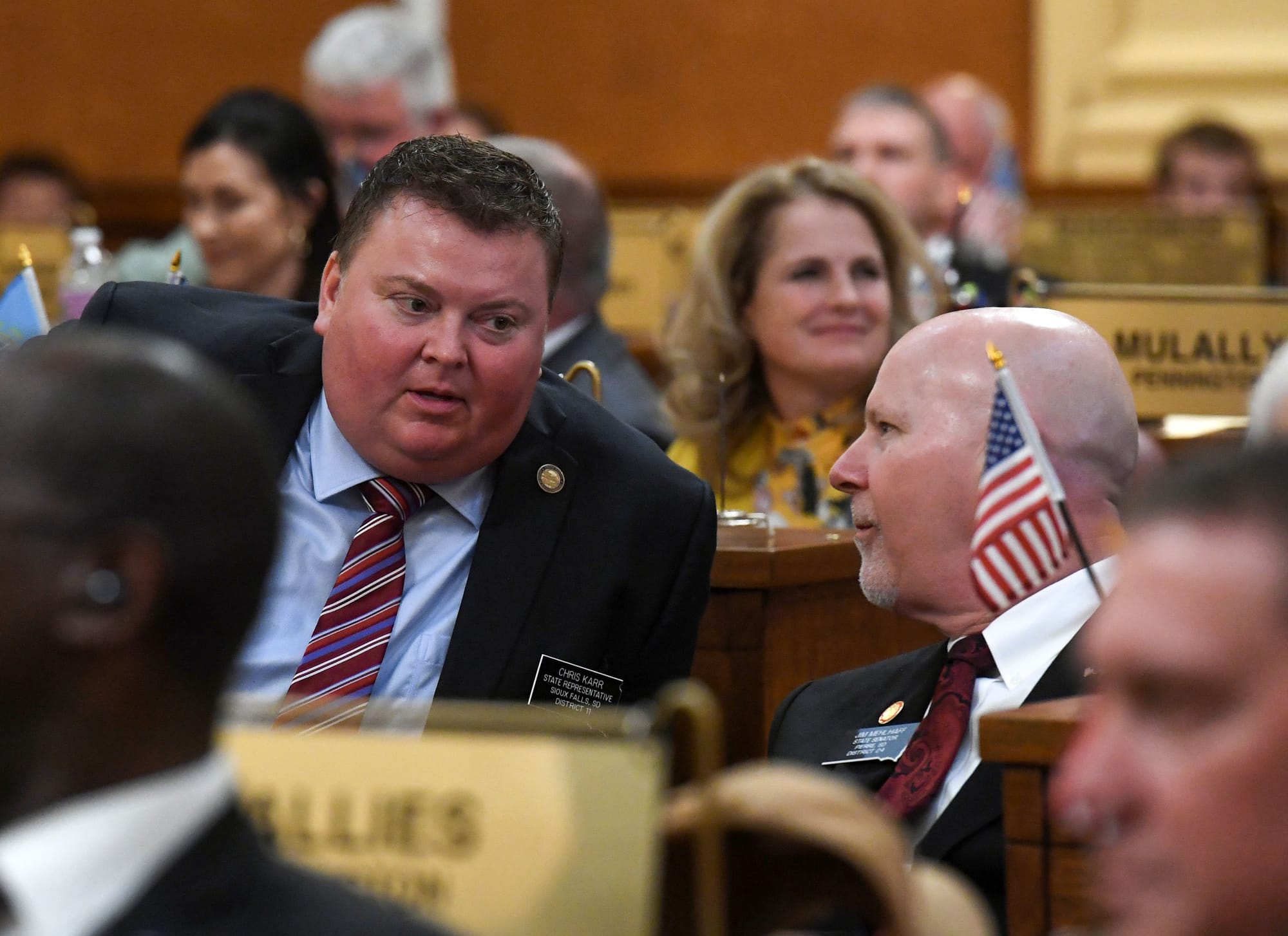
Beal is still the favorite and has shown flexibility within the caucus. But a Democratic upset would mean one less pro-business Republican senator voting for leadership in 2025.
There’s a similar scenario in District 14 in southeast Sioux Falls, where Democrat Sandra Henry is challenging Republican incumbent Larry Zikmund, who prevailed with 56% of the vote in 2020 and 54% in 2022.

Henry, a former middle school teacher, has been active in trying to flip this district, a tall order with a 55% GOP electorate. If she’s successful, establishment Republicans would lose one of their own in Zikmund, an Air Force veteran who has a background in technical education.
In District 11 in southwest Sioux Falls, the populist wing is counting on Republican Chris Karr being able to cross over from the House and win this Senate seat against Democrat Steve Natz. The seat was vacated by term-limited Jim Stalzer, who won with 55% of the vote in 2022 against current Democratic U.S. House candidate Sheryl Johnson.
All eyes on the Cathedral district
Another key battleground is District 15 in north-central Sioux Falls, also known as the Cathedral district. The former Democratic stronghold has turned more independent, with a current registration breakdown of 34% Republican, 28% Democrat and 37% Independent/No Party Affiliation.
Smith, the former Democratic state legislator who ran unsuccessfully against Noem for governor in 2022, is trying to hold the seat previously held by fellow Democrat Reynold Nesiba, who is term-limited in the Senate.
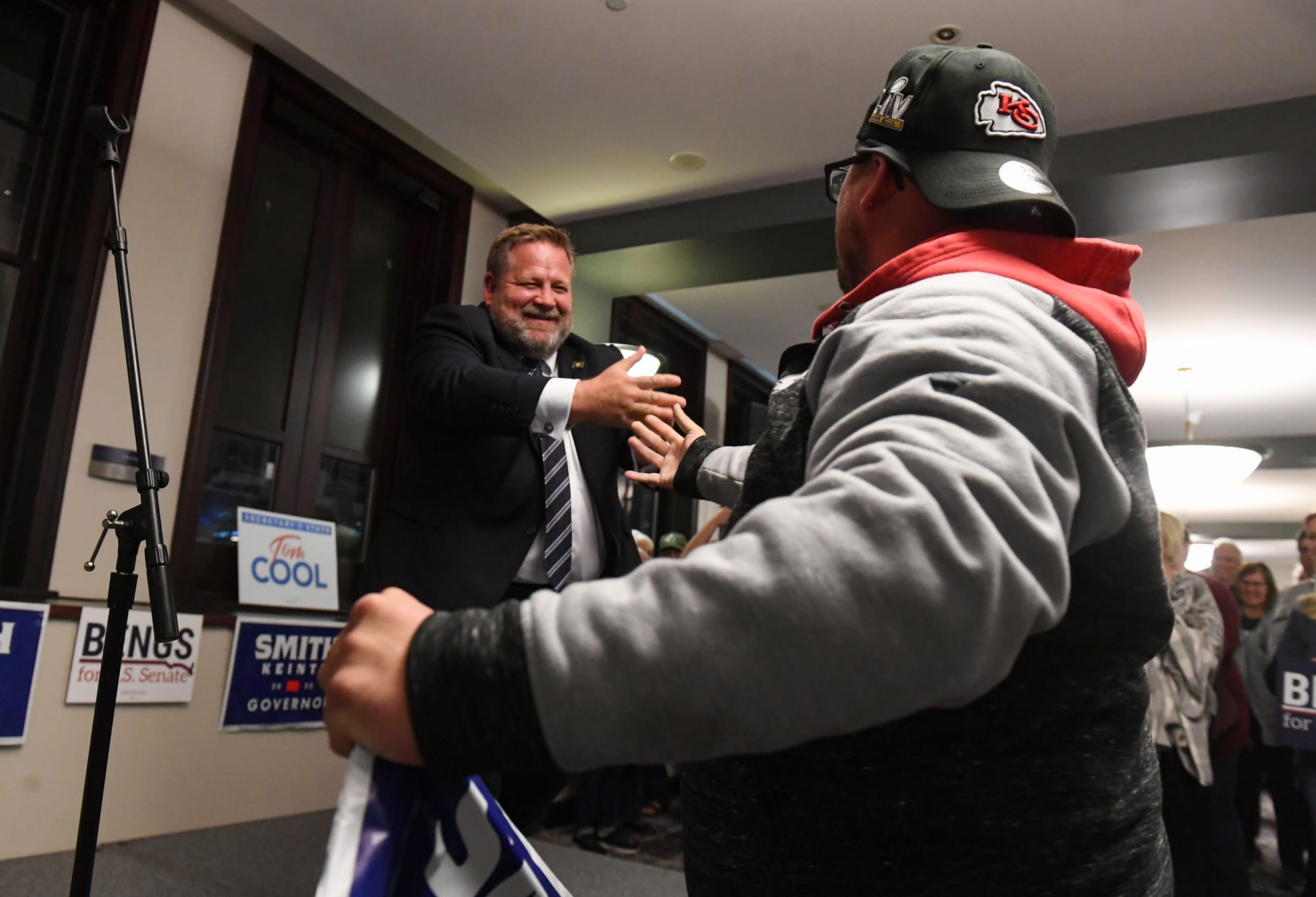
Smith’s opponent is Republican Brenda Lawrence, a former corrections officer who lost to Nesiba in 2022 with 47% of the vote. Lawrence, a member of the Air Force Reserves, has touted “education over indoctrination" and landowner rights in her campaign.
A Republican upset here would be a major boost for the populist movement in Pierre. Democrats, meanwhile, are counting on Smith's experience and name recognition to prevent what would be a staggering setback for their cause.
Pivotal race in Yankton, Clay counties
Among the Republican incumbents defeated in the June primary was Sen. Jean Hunhoff of Yankton, whose 24 years in the Legislature included 18 on the Joint Committee on Appropriations.
She lost in District 18, which includes Yankton and Clay counties, to Lauren Nelson, who ran to Hunhoff's right on a platform of limited government, property rights and Second Amendment protections.
Democrats, seeing a chance to win over moderates and independents chagrined by Hunhoff’s loss, replaced their original candidate with Sarah Carda, president of the Yankton School Board and a former vice president at Mount Marty University.
Carda's campaign committee chair is former state legislator Bernie Hunhoff, Jean's brother-in-law and the Democrats' 1998 gubernatorial nominee.
Dan Ahlers, executive director of the South Dakota Democratic Party, said Jean Hunhoff's primary loss helped mobilize activity in Yankton and Clay counties, both of which favored Sutton over Noem in the 2018 governor's race.
"Seeing a former colleague and a pretty good legislator like Jean Hunhoff lose, we certainly saw an opportunity to pick up a seat," Ahlers told News Watch.
Democrats see registration gains
Recruiting candidates has been a struggle for South Dakota Democrats, who haven't won a statewide election since 2008 and left 28 of this year's legislative general election races uncontested, including 16 of 35 in the Senate.
The party's seven-member House roster in 2022-23 represented a 76% drop from two decades ago, when the party had 29 House members, a 20-15 advantage over Republicans in the state Senate and were on the cusp of having all three members of the state’s congressional delegation in Washington.
Ahlers, a former state legislator and U.S. House candidate from Dell Rapids, pointed to signs that the party's outlook is trending slightly upward.
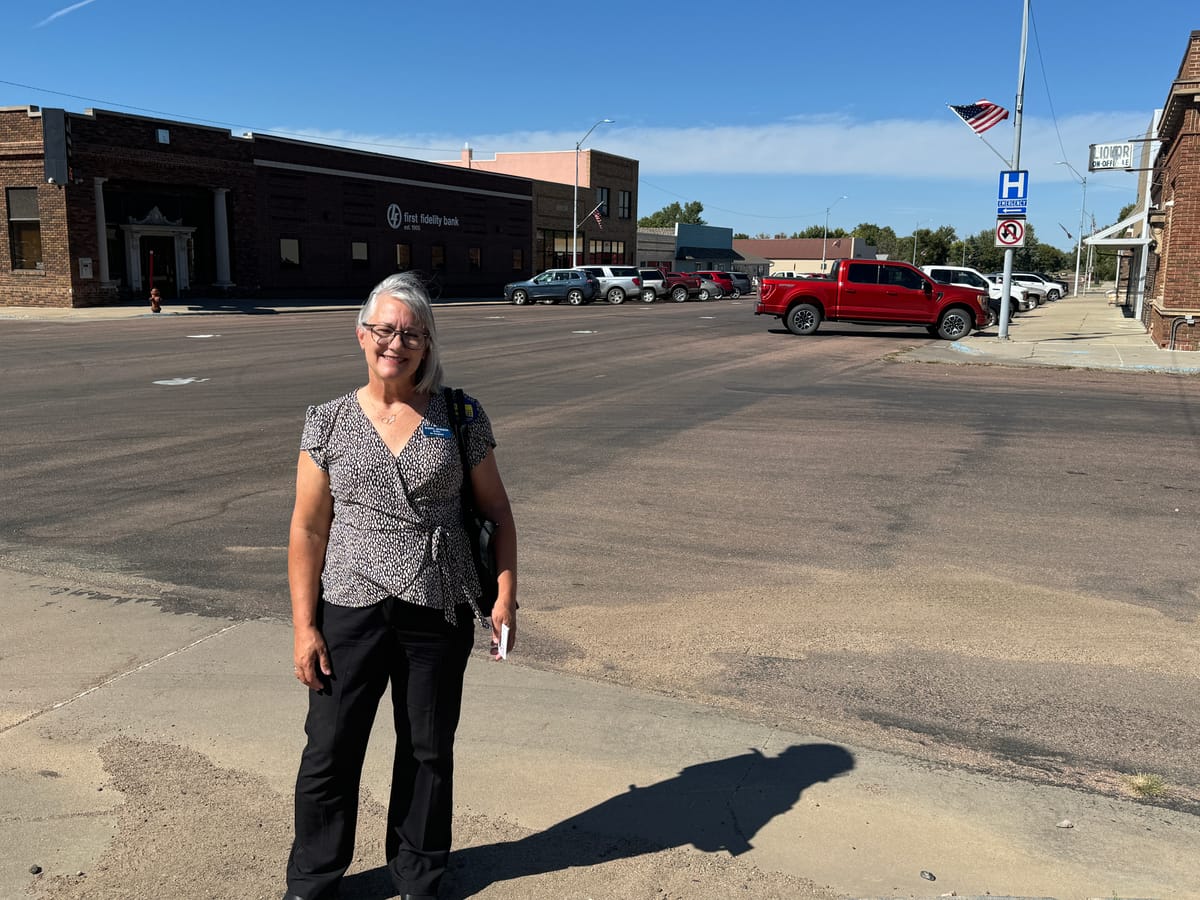
After 16 years of voter registration declines, Democratic numbers have climbed the past three months to 144,745. That's an improvement but still 24% of the state's total, compared to 312,463 Republicans, or 51%, and 154,820 independent/non-affiliated voters, who make up 25% of the total.
Democrats also have benefitted from the fractious state of the South Dakota GOP when it comes to fundraising. In the reporting period from January 2023 to August 2024, the South Dakota Democratic Party had $341,000 in individual contributions, compared to $113,000 for its Republican counterpart.

Of course, Ahlers knows that political parties are ultimately judged by elections, which means the SDDP needs to show tangible improvement on Nov. 5 to validate its vision.
"If voter turnout is good and we do an effective job of reaching independent voters and doing all of those things that you need to do to win, I think we'll take some steps forward and gain some (legislative) seats," Ahlers said. "I think we have to gain some seats in order to call this cycle a success."
Seeking influence in Indian Country
Traditionally, the most reliable drivers of Democratic representation are the state's predominantly Native American districts. But redistricting and declining party influence have eroded some of that Indian Country advantage in recent years.
House District 27, which includes Bennett, Jackson, Pennington and Oglala Lakota counties and the Pine Ridge Indian Reservation, will be an indicator of whether renewed Democratic efforts to court Indigenous support is paying dividends.
The district, which is 47% Democratic and 29% Republican, is currently represented by Democrat Rep. Peri Pourier of Rapid City and Republican Rep. Liz May of Kyle, running as incumbents for the district's two House seats.
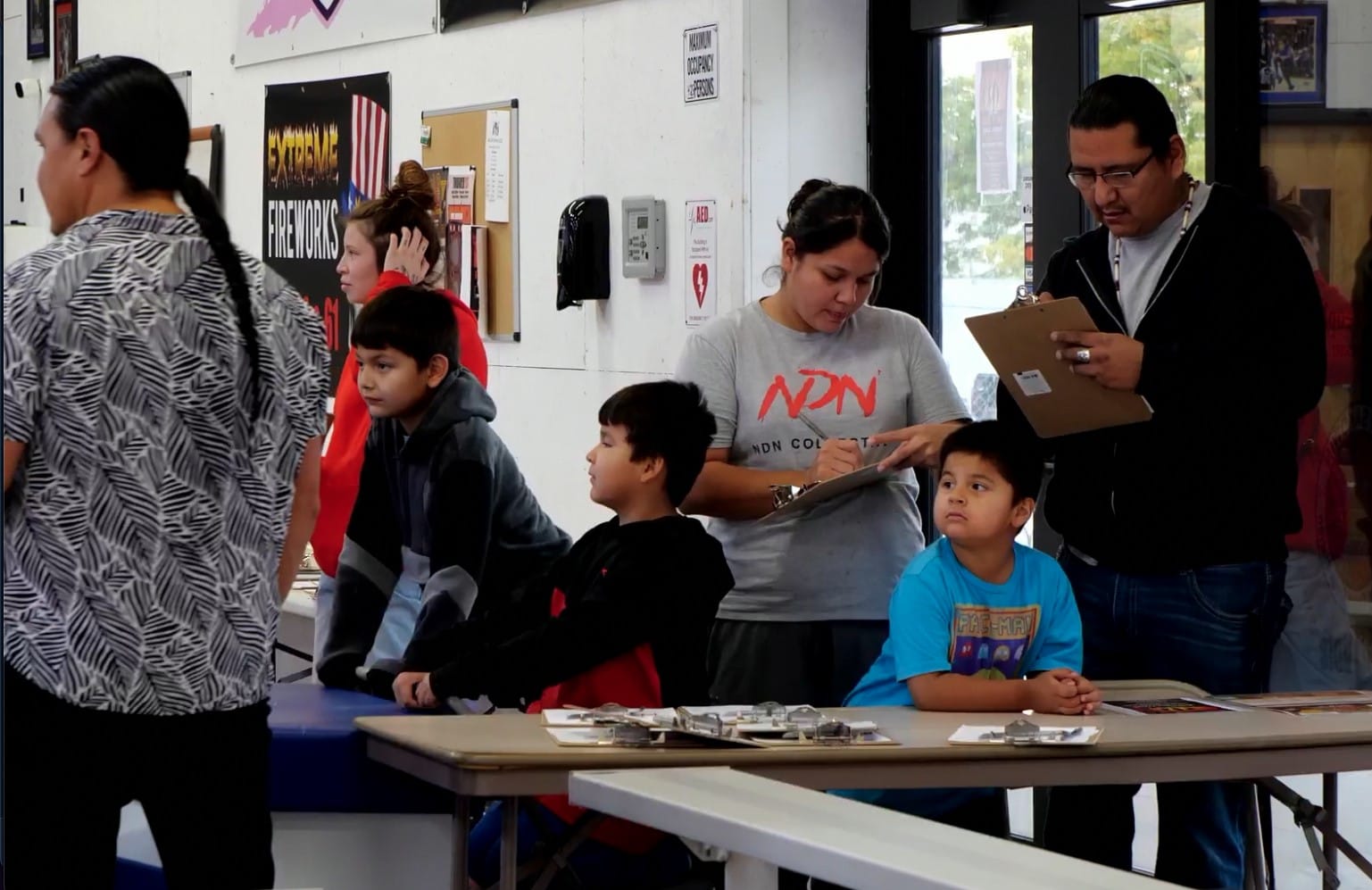
Pourier and District 27 Sen. Red Dawn Foster helped persuade Lakota rancher and longtime business leader Elsie Meeks to run for House in the district, potentially giving Democrats a Native female triumvirate if Pourier and Meeks both outduel May, the lone Republican on the ballot.
"The odds are very bad for one candidate in a party running against two candidates from another political party," said Michael Card, an emeritus professor of political science at the University of South Dakota in Vermillion. "Turnout is key and not to be taken for granted in these districts, especially given the distances, weather on Nov. 5 and a lingering drought."
Meeks, Bernie Hunhoff's running mate in the 1998 governor's race, is a former member of the U.S. Civil Rights Commission whose re-entry to politics is one of the more intriguing storylines of the 2024 legislative election.
She represents the sort of quality candidate that the Democrats have struggled to attract in recent cycles as the party's influence in the state waned, allowing the Republicans to build their supermajority in Pierre.
With GOP higher-ups focused on intraparty strife, Democrats could be a few feel-good victories away from finding a morsel of momentum on the South Dakota political scene.
This story was produced by South Dakota News Watch, an independent, nonprofit news organization. Read more in-depth stories at sdnewswatch.org and sign up for an email every few days to get stories as soon as they're published. Contact Stu Whitney at at stu.whitney@sdnewswatch.org.

